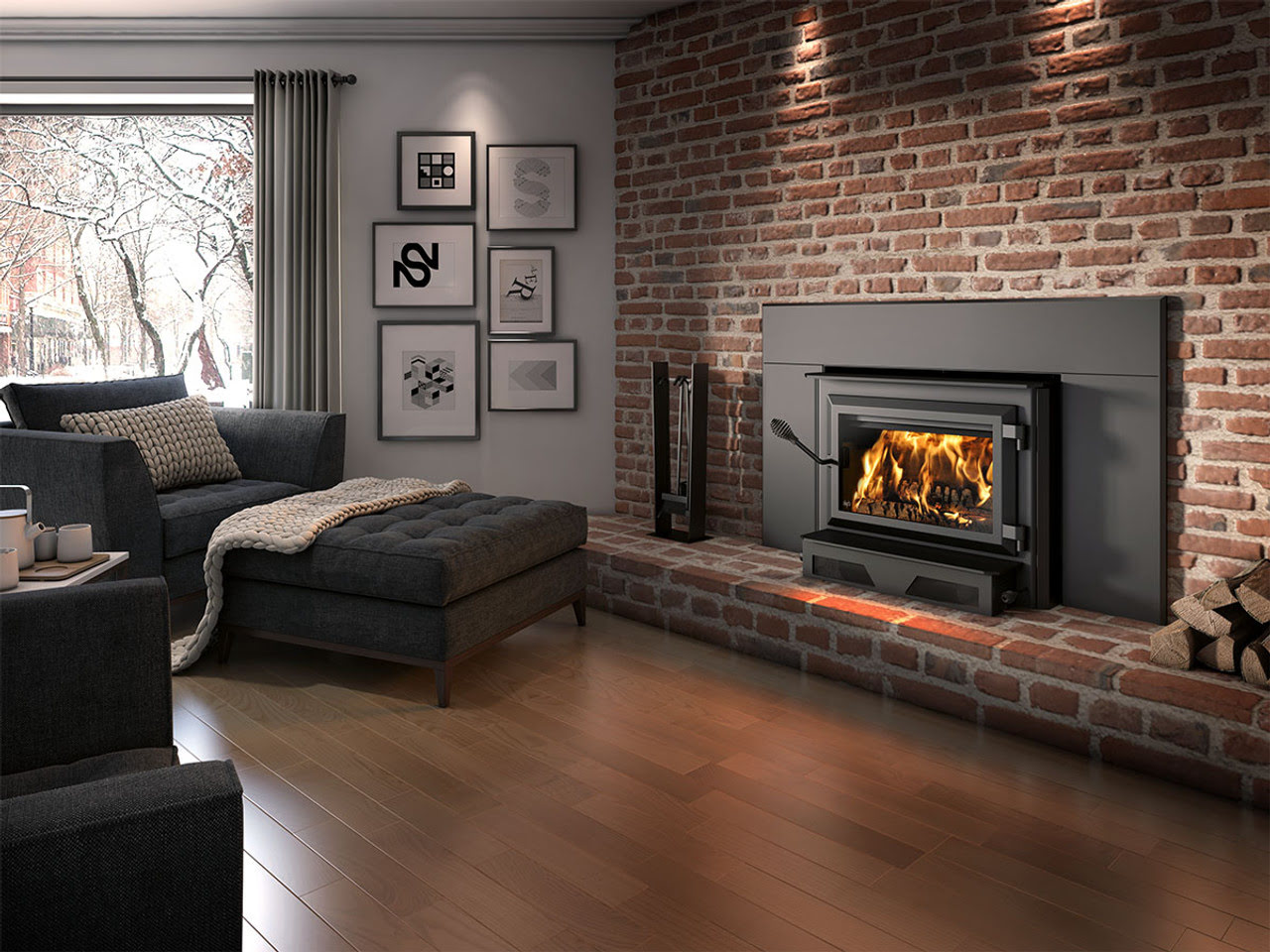

Articles
How Much Does A Fireplace Insert Cost
Modified: August 22, 2024
Looking to add a warming touch to your home? Read our articles on fireplace inserts to find out how much they cost and choose the perfect one for your needs.
(Many of the links in this article redirect to a specific reviewed product. Your purchase of these products through affiliate links helps to generate commission for Storables.com, at no extra cost. Learn more)
Introduction
Welcome to our comprehensive guide on fireplace inserts and the factors that affect their cost. A fireplace insert is an excellent addition to any home, providing both warmth and ambiance. Whether you’re looking to upgrade an existing fireplace or install a new one, understanding the different types of fireplace inserts and their associated costs is crucial. In this article, we will delve into the various factors that determine the price of a fireplace insert, compare the costs of different types of inserts, and discuss the installation and maintenance considerations to keep in mind.
When it comes to fireplace inserts, there are several key factors that can influence the overall cost. These include the type of insert you choose, the materials used, the size and complexity of the installation, and any additional features or customization options. Understanding how these factors interplay will help you make an informed decision and budget accordingly.
There are four main types of fireplace inserts: gas, electric, wood-burning, and pellet. Each of these has its own unique features and benefits, as well as varying costs associated with purchase, installation, and maintenance. Gas fireplace inserts are popular for their convenience, efficiency, and versatility. Electric inserts are known for their ease of use and flexibility. Wood-burning inserts provide a traditional and rustic ambiance, while pellet inserts offer a balance between convenience and sustainability.
Now, let’s take a closer look at each type of fireplace insert, discuss their cost ranges, and examine the pros and cons of each option. By the end of this article, you’ll be equipped with the knowledge to make an informed decision and find the perfect fireplace insert for your home within your budget.
Key Takeaways:
- When choosing a fireplace insert, consider the upfront costs, ongoing maintenance, and operating expenses. Gas inserts offer convenience, electric inserts are cost-effective, wood-burning inserts provide traditional charm, and pellet inserts offer sustainability.
- Professional installation, proper maintenance, and understanding operating costs are crucial for maximizing the benefits of a fireplace insert. Carefully weigh the options to find the perfect balance of warmth, ambiance, and cost-effectiveness for your home.
Read more: How Much Is An Electric Fireplace Insert
Factors Affecting Cost of Fireplace Inserts
The cost of a fireplace insert can vary significantly depending on various factors. Understanding these factors will help you estimate and plan for the overall cost of your fireplace insert project. Here are the key factors that can affect the cost:
- Type of Fireplace Insert: The type of fireplace insert you choose will have a significant impact on the cost. Gas fireplace inserts tend to be on the higher end of the price range due to their convenience and efficiency. Electric fireplace inserts are often more affordable and are relatively easy to install. Wood-burning and pellet fireplace inserts can have a wide range of prices, depending on the materials used and the complexity of the installation.
- Size and Complexity: The size of your fireplace and the complexity of the installation will also affect the cost. Larger fireplace openings may require larger inserts, which can be costlier. Additionally, if your installation requires modifications to the chimney or ventilation system, the costs can increase.
- Materials and Design: The materials used in the construction of the fireplace insert can impact the cost. Inserts made from high-quality materials such as cast iron or steel tend to be more expensive. Similarly, inserts with intricate designs or customizations may come with a higher price tag.
- Additional Features: Some fireplace inserts come with additional features such as remote controls, programmable thermostats, or decorative accessories. These features may add to the cost but can enhance the functionality and aesthetics of your fireplace.
- Installation Costs: The cost of installing a fireplace insert can vary depending on the complexity of the project and the region. Factors such as labor costs, permits, and any necessary modifications to your existing fireplace or chimney can affect the overall installation cost.
- Maintenance and Operating Costs: It’s essential to consider the long-term costs associated with maintaining and operating your fireplace insert. Gas inserts may require regular servicing and fuel costs, while wood-burning or pellet inserts require ongoing maintenance, such as cleaning and purchasing fuel.
By considering these factors and assessing your specific needs and budget, you can determine the most suitable type of fireplace insert and make an informed decision. It’s also advisable to get multiple quotes from reputable suppliers and installers to compare prices and ensure you’re getting the best value for your investment.
Types of Fireplace Inserts
When it comes to fireplace inserts, there are several types to choose from, each offering its own unique advantages and characteristics. Understanding the different types will help you determine which one best suits your needs and preferences. Here are the main types of fireplace inserts:
- Gas Fireplace Inserts: Gas fireplace inserts are a popular choice due to their convenience and efficiency. They provide instant heat at the flip of a switch or the push of a button. Gas inserts can be fueled by natural gas or propane, and they offer adjustable heat settings and flame intensity. These inserts often come with features like remote controls, thermostats, and realistic-looking logs and flames. Gas fireplace inserts require professional installation and may have higher upfront costs, but they offer clean and hassle-free operation.
- Electric Fireplace Inserts: Electric fireplace inserts are an excellent option if you’re looking for easy installation and versatility. They can be simply plugged into an electrical outlet and do not require venting or gas connections. Electric inserts offer adjustable heat settings and flame effects. Some models even come with built-in heaters, giving you the option to enjoy the ambiance without the heat. They are available in a variety of sizes and designs to suit different decor styles. Electric fireplace inserts are cost-effective and can be easily moved or replaced if desired.
- Wood-Burning Fireplace Inserts: For those who appreciate the traditional and rustic charm of a wood-burning fire, wood-burning fireplace inserts are a great choice. These inserts are designed to fit into existing masonry fireplaces and provide improved heating efficiency. Wood-burning inserts are typically made of cast iron or steel and feature a large viewing window to enjoy the flames. They require a chimney or flue for exhaust and proper ventilation. Wood-burning inserts offer the authentic crackling sound and the aroma of burning wood but require regular maintenance, including cleaning and wood fuel storage.
- Pellet Fireplace Inserts: Pellet fireplace inserts offer a balance between convenience and sustainability. They are fueled by wood pellets, which are made of compressed sawdust and agricultural waste. Pellet inserts are highly efficient and provide consistent heat output. They have automatic ignition systems, programmable thermostats, and self-feeding mechanisms, making them easy to use. Pellet inserts require electricity to operate and may need regular maintenance, including ash removal and pellet storage. While they offer a renewable fuel source, the initial cost and ongoing pellet expenses should be taken into account.
Each type of fireplace insert has its own set of advantages and considerations. Consider factors such as your heating needs, lifestyle, and preferences when choosing the right type of insert for your home. It’s also essential to consult with a professional installer to ensure proper placement and compliance with safety regulations.
Gas Fireplace Inserts
Gas fireplace inserts are a popular choice among homeowners for their convenience, efficiency, and versatility. These inserts offer the beauty and warmth of a traditional fireplace without the hassle of hauling wood and cleaning up ashes. Here’s everything you need to know about gas fireplace inserts:
Installation: Gas fireplace inserts require professional installation due to the need for a gas line connection and proper ventilation. A licensed technician will ensure that the insert is securely installed, and all safety measures are in place. They will also perform a thorough inspection of the existing fireplace to ensure compatibility with the gas insert.
Efficiency and Convenience: Gas fireplace inserts are highly efficient, with most models boasting an efficiency rating of over 70%. They provide instant heat at the push of a button or the flip of a switch. Gas inserts offer adjustable heat settings, allowing you to control the temperature easily. They also come with features like remote controls, thermostats, and timers, providing added convenience and customization.
Aesthetic Appeal: Gas inserts offer a realistic and captivating flame effect that closely resembles a traditional wood-burning fire. Many models come with realistic-looking logs and glowing embers, creating a cozy and inviting ambiance. The flame intensity can be adjusted to suit your preference, allowing you to enjoy a gentle flicker or a roaring fire.
Ventilation: Gas fireplace inserts require proper ventilation to ensure the safe combustion of natural gas or propane. They can be vented through an existing chimney with the use of a flexible or rigid venting pipe, or they can be used in a ventless configuration. Ventless gas inserts do not require a chimney or exterior venting, but they must be equipped with an oxygen depletion sensor for safety.
Maintenance: Gas inserts require minimal maintenance compared to other types of fireplace inserts. Regular cleaning of the glass door and inspection of the burner and ignition system are recommended. It’s also important to have a professional technician perform annual servicing to ensure optimal performance and safety.
Cost: Gas fireplace inserts tend to be on the higher end of the price range compared to other types of inserts. The cost can vary depending on factors such as the brand, size, design, and additional features. Additionally, the cost of professional installation and any necessary gas line modifications should be factored into the overall expense.
Gas fireplace inserts offer practicality, efficiency, and aesthetic appeal, making them an excellent choice for heating and enhancing the ambiance of your home. With proper installation and regular maintenance, a gas insert can provide years of enjoyable warmth and comfort.
Electric Fireplace Inserts
Electric fireplace inserts are a popular choice for homeowners seeking convenience, versatility, and ease of installation. These inserts offer a hassle-free solution to add warmth and ambiance to any space. Here’s what you need to know about electric fireplace inserts:
Installation: Electric fireplace inserts are incredibly easy to install. They can be simply plugged into a standard electrical outlet. As a result, you have the flexibility to place them in any room without the need for venting or chimney access. Since there are no gas lines involved, installation can typically be done as a DIY project.
Design and Aesthetics: Electric fireplace inserts come in a wide variety of designs, sizes, and styles to complement any decor. They often feature realistic-looking logs and flames to mimic the charm of a traditional fire. Some models even include adjustable flame brightness and color options, allowing you to customize the ambiance to your liking.
Heating Capability: Electric fireplace inserts have built-in heaters that provide supplemental heat. The heating capacity varies depending on the model, but they can generally warm up a small to medium-sized room. It’s important to note that electric inserts primarily function as decorative pieces and should not be solely relied upon for primary heating in larger areas.
Energy Efficiency: Electric fireplace inserts are highly energy-efficient since they convert most of the electricity into usable heat. Unlike gas inserts, which can lose heat through the chimney, electric inserts do not have heat loss, making them more efficient for zone heating. Some models even offer energy-saving features, such as thermostats and timers, which allow you to control the temperature and duration of operation.
Low Maintenance: Electric inserts require minimal maintenance. Since they don’t burn any fuel or produce real flames, there are no vents, chimneys, or ash cleanup involved. Regular dusting and cleaning of the glass front are usually sufficient to keep the insert looking its best.
Affordability: Electric fireplace inserts are generally more affordable compared to gas or wood-burning inserts. The cost can vary depending on the size, design, and additional features. Their ease of installation also eliminates the need for professional installation expenses, further reducing the overall cost. Additionally, electric inserts are energy-efficient, which can lead to cost savings in heating bills.
Electric fireplace inserts offer convenience, versatility, and aesthetic appeal, making them a popular choice for homeowners. Whether you’re looking to create a cozy atmosphere or add supplemental heat to a room, electric inserts provide a hassle-free solution with customizable features. Consider your heating needs, budget, and desired design aesthetic to find the perfect electric fireplace insert for your home.
Read more: How Much Does Cleaning A Fireplace Cost
Wood-Burning Fireplace Inserts
Wood-burning fireplace inserts are an excellent choice for homeowners who appreciate the traditional charm and warmth of a real wood fire. These inserts are designed to fit inside existing masonry fireplaces, enhancing heating efficiency and providing a cozy atmosphere. Here’s what you need to know about wood-burning fireplace inserts:
Installation: Wood-burning fireplace inserts require professional installation. This is because the insert needs to be properly fitted into the existing fireplace opening and connected to a chimney or flue for proper ventilation. A professional installer will ensure that the insert is securely installed and that all safety regulations and building codes are followed.
Efficiency: One of the main benefits of wood-burning inserts is their high heating efficiency. These inserts are made of durable materials such as cast iron or steel, which retain and radiate heat effectively. The closed combustion system of the insert promotes efficient burning, minimizing heat loss compared to traditional open fireplaces.
Authentic Ambiance: Wood-burning fireplace inserts provide an authentic and rustic ambiance that cannot be replicated by other types of inserts. The crackling sound of burning wood and the mesmerizing glow of the flames create a cozy and inviting atmosphere. They allow you to enjoy the traditional experience of tending a real fire.
Fuel and Maintenance: Wood-burning inserts require a steady supply of wood logs for fuel. The type of wood used can affect the burning efficiency and the amount of maintenance required. Hardwoods like oak and maple are recommended for longer burn times and higher heat output. Regular maintenance includes cleaning out ashes and regular chimney inspections to ensure proper ventilation and prevent creosote buildup.
Cost and Sustainability: Wood-burning inserts generally have a wide range of costs, depending on factors such as materials, size, and design. While the upfront cost of a wood-burning insert may be higher than other types, the long-term cost of fuel is generally lower compared to gas or electric inserts. Additionally, burning wood is a renewable and sustainable energy source if sourced responsibly.
Environmental Considerations: It’s important to consider the environmental impact of burning wood. Wood-burning releases carbon dioxide and contributes to air pollution, especially if using poor-quality or wet wood. Using seasoned and properly dried wood can minimize emissions. Some regions have specific regulations regarding wood-burning, so it’s important to check local laws and regulations before installing a wood-burning insert.
Wood-burning fireplace inserts offer the traditional appeal and warmth of a real wood fire. They are a popular choice for homeowners seeking an authentic and cozy ambiance. With proper installation, maintenance, and responsible wood-burning practices, a wood-burning insert can provide years of comfort and enjoyment to your home.
When considering the cost of a fireplace insert, be sure to factor in the initial purchase price, installation costs, and ongoing maintenance expenses. Additionally, consider the long-term energy savings and potential increase in home value.
Pellet Fireplace Inserts
Pellet fireplace inserts offer a balance between convenience and sustainability, providing a reliable and efficient heating option for homeowners. These inserts are fueled by wood pellets, which are made from compressed sawdust and agricultural waste. Here’s what you need to know about pellet fireplace inserts:
Installation: Pellet fireplace inserts require professional installation to ensure proper fitting and venting. The installer will connect the insert to the chimney or an exterior vent to safely exhaust the combustion gases. They will also set up the pellet feeding mechanism and electrical connections to enable automatic ignition and temperature control.
Efficiency: Pellet inserts are known for their high efficiency and heat output. They have automatic ignition systems and programmable thermostats, allowing you to maintain a consistent temperature with ease. The burning process is controlled, ensuring efficient combustion and minimal waste. Most pellet inserts have an efficiency rating of 70-90%, making them a cost-effective heating option.
Convenience: Pellet inserts are designed for convenient operation. They feature self-feeding mechanisms that automatically supply pellets to the combustion chamber, eliminating the need for constant refueling. Some advanced models can be controlled remotely or programmed to turn on and off at specified times, providing flexibility and hassle-free operation.
Sustainability: Wood pellets used as fuel are a sustainable energy source. They are made from renewable materials, such as sawdust and wood scraps, which would otherwise go to waste. Using wood pellets helps reduce reliance on fossil fuels and minimizes carbon emissions. However, it’s important to ensure that the pellets are sourced from responsible and certified suppliers to ensure sustainable forestry practices.
Fuel Storage and Handling: Pellet inserts require a storage system for pellets, such as a hopper or bin. These can be installed adjacent to the insert or in a separate location, depending on the design of your home. Pellets are typically sold in bags or by the ton, allowing for convenient replenishment. Proper storage and handling of pellets are important to maintain their quality and prevent moisture or pest issues.
Maintenance: Regular maintenance of pellet inserts includes cleaning the burn pot, ash removal, and inspecting the venting system. Ashes from pellet combustion are minimal compared to wood-burning inserts, reducing the frequency of cleaning. It’s recommended to have an annual servicing by a professional to ensure optimal performance and safety.
Cost: Pellet fireplace inserts have upfront costs that are generally higher than electric or some gas inserts. The cost of the insert itself, installation, and any necessary modifications to the venting system can contribute to the overall expense. However, the long-term savings on heating costs and the environmentally-friendly nature of pellets can make them a cost-effective choice.
Pellet fireplace inserts offer the convenience of automatic operation and the sustainability of using renewable fuel. They provide efficient heating with minimal maintenance. Consider your heating needs, budget, and availability of pellet fuel in your area to determine if a pellet insert is the right choice for your home.
Cost Comparison between Different Fireplace Inserts
When considering different types of fireplace inserts, it’s important to compare their costs to make an informed decision. Here is a breakdown of the cost factors associated with each type:
- Gas Fireplace Inserts: Gas inserts tend to have higher upfront costs compared to other types of inserts. The price range can vary depending on factors such as the size, brand, materials used, and additional features. Professional installation is required, which adds to the overall cost. It’s worth noting that gas inserts offer energy efficiency and convenience, which can lead to long-term cost savings on heating bills.
- Electric Fireplace Inserts: Electric inserts are generally more affordable compared to gas or wood-burning inserts. They come in a wide range of prices, depending on the size, design, and features. The cost includes the purchase of the insert itself, with no additional installation expenses. Electric inserts are energy-efficient and have lower operating costs, making them a cost-effective option in the long run.
- Wood-Burning Fireplace Inserts: Wood-burning inserts can vary in price depending on the materials used, size, brand, and design. While the upfront cost may be higher than other types, the ongoing cost of fuel (wood logs) tends to be lower, especially if you have access to affordable or free firewood. However, it’s important to consider the maintenance and cleaning requirements associated with wood-burning inserts, which may entail additional costs.
- Pellet Fireplace Inserts: Pellet inserts generally have higher upfront costs compared to electric inserts, but they may be comparable to or lower than gas inserts. The expense includes the purchase of the insert, professional installation, and potential modifications to the venting system. The ongoing cost of fuel (wood pellets) should also be considered, although pellets are often more cost-effective than other fuel options. Pellet inserts offer energy efficiency, reducing heating costs over time.
Other factors that can influence the cost of fireplace inserts include the size and complexity of the installation, materials used, additional features, and customization options. It’s essential to consider your budget, heating requirements, and long-term cost implications when comparing different types of inserts.
Furthermore, it’s advisable to obtain multiple quotes from reputable suppliers and installers to compare prices. This will help you get a better understanding of the overall cost and ensure that you’re getting the best value for your investment.
Remember, while cost is an important factor, it’s equally important to consider factors like energy efficiency, maintenance requirements, and the overall benefits and features provided by each type of fireplace insert. Consider your specific needs and preferences to make the most suitable choice for your home and budget.
Installation Considerations and Costs
When planning to install a fireplace insert, there are several key considerations and associated costs to keep in mind. Proper installation is crucial for safety, efficiency, and optimal performance. Here’s what you need to know:
Professional Installation: It is highly recommended to have a professional installer handle the installation of your fireplace insert. They have the expertise and knowledge to ensure that the insert is safely and correctly installed. A professional installer will assess the existing fireplace, make any necessary modifications, and ensure proper ventilation and compliance with local building codes.
Chimney or Venting System: Depending on the type of fireplace insert, your existing chimney or venting system may need to be modified or upgraded to accommodate the new insert. This can involve adding or resizing a chimney liner, installing a venting pipe, or creating a direct vent system. The cost of chimney or venting modifications will depend on their complexity and the materials used.
Masonry Work: If your existing fireplace or chimney requires repair or reinforcement, additional masonry work may be necessary. This can involve fixing cracks, replacing bricks, or reinforcing the chimney structure. The cost of masonry work will depend on the extent of the repairs needed and the materials required.
Electrical and Gas Connections: Depending on the type of fireplace insert, electrical and gas connections may be required. Electric inserts typically require a standard electrical outlet, while gas inserts need a gas line connection. These connections should be done by licensed professionals to ensure safety and compliance with regulations. The cost will depend on the complexity of the connections and any necessary modifications to existing systems.
Permits and Inspections: Before installing a fireplace insert, it’s important to check with your local authorities regarding permits and inspections required. Permits may be necessary to ensure compliance with fire and building codes. Inspections are typically carried out to verify the safety and proper installation of the insert. The cost of permits and inspections will vary depending on your location and the specific requirements.
Additional Costs: In addition to the installation-related expenses, there may be other costs to consider. These can include the purchase of accessories such as fireplace screens, logs, or decorative elements. Additionally, if you opt for professional consultation or design services, there may be fees associated with those services.
The total cost of installation can vary depending on factors such as the type of insert, the complexity of the installation, regional labor costs, and any necessary modifications or upgrades. It’s essential to obtain quotes from reputable installers and discuss all aspects of the installation, including permits, inspections, and any additional costs before making a final decision.
Investing in professional installation and ensuring a proper installation process will contribute to the safety, longevity, and optimal performance of your fireplace insert. Take the time to research and consult with experts to ensure a successful installation process.
Read more: How Much Does A Fireplace Inspection Cost
Maintenance and Operating Costs
When considering a fireplace insert, it’s important to factor in the ongoing maintenance and operating costs associated with the specific type of insert you choose. Understanding these costs will help you budget and plan for the long-term use and enjoyment of your fireplace. Here are the main considerations:
Maintenance Costs:
Gas Fireplace Inserts: Gas inserts are relatively low-maintenance compared to other types. Regularly cleaning the glass front and inspecting the burner and ignition system are recommended. It’s also advisable to schedule an annual service carried out by a professional technician to ensure the optimal performance and safety of your gas insert. The cost of maintenance for gas inserts usually involves the fee for professional servicing and any replacement parts, if needed.
Electric Fireplace Inserts: Electric inserts require minimal maintenance. Periodic dusting and cleaning of the glass front are usually sufficient to keep them looking their best. As there are no fuel combustion or venting systems involved, there are no additional maintenance costs associated with electric inserts.
Wood-Burning Fireplace Inserts: Wood-burning inserts require regular maintenance to keep them operating safely and efficiently. This maintenance includes cleaning out ashes, inspecting and repairing the chimney or flue, and scheduling annual chimney sweeps by a certified professional. You should also consider the cost of purchasing and storing dry, seasoned wood for efficient burning. In terms of operating costs, wood-burning inserts are generally more affordable compared to gas inserts, as wood is a renewable and often readily available fuel source.
Pellet Fireplace Inserts: Pellet inserts require regular maintenance, including cleaning the burn pot and ash removal. It’s important to inspect and clean the venting system periodically to ensure proper airflow and prevent obstructions. Pellet inserts may also require annual servicing by a professional to optimize performance and safety. Additionally, you need to factor in the ongoing cost of purchasing wood pellets as fuel, which can vary depending on the region and supplier.
Operating Costs:
Gas Fireplace Inserts: Gas inserts are known for their energy efficiency, which can lead to lower operating costs compared to other types of inserts. Gas inserts provide instant heat at the push of a button, allowing you to control the temperature and reduce energy waste. The cost of operating a gas insert primarily involves the expense of natural gas or propane fuel.
Electric Fireplace Inserts: Electric inserts are cost-effective to operate. They use electricity to power the heating elements and flame effects, which is typically less expensive than gas or other fuel options. Some electric inserts even have energy-saving features, such as programmable thermostats and timers, allowing you to further minimize operating costs.
Wood-Burning Fireplace Inserts: The operating costs of wood-burning inserts mainly depend on the cost and availability of firewood in your area. If you have access to free or affordable firewood, the operating costs can be relatively low. However, if you need to purchase firewood, it’s essential to consider the cost and storage requirements for a steady supply of dry, seasoned wood.
Pellet Fireplace Inserts: The operating costs of pellet inserts include the ongoing expense of purchasing wood pellets as fuel. The cost of pellets can vary depending on factors such as the region, supplier, and quality of the pellets. However, wood pellets are generally considered a cost-effective and sustainable fuel option, contributing to the overall affordability of pellet inserts.
Considering both the maintenance and operating costs will give you a better understanding of the long-term expenses associated with your chosen fireplace insert. It’s important to implement regular maintenance routines, follow manufacturer guidelines, and consult with professionals if you have any concerns or questions regarding maintenance or operating costs.
Conclusion
Choosing the right fireplace insert for your home involves considering various factors such as cost, installation requirements, maintenance, and operating costs. Gas fireplace inserts offer the convenience of easy operation and efficient heat output, while electric fireplace inserts provide flexibility and a wide range of design options. Wood-burning fireplace inserts offer the charm of a traditional fire and the opportunity to use sustainable fuel sources, while pellet fireplace inserts provide a balance between convenience and eco-friendliness.
When comparing costs, it’s important to factor in the upfront expenses, ongoing maintenance, and operating costs associated with each type of insert. Gas inserts typically have higher upfront costs but offer energy efficiency and ease of use. Electric inserts are more affordable and require minimal maintenance, making them cost-effective and convenient. Wood-burning inserts may have higher upfront costs and require regular maintenance and fuel expenses, while pellet inserts have similar upfront costs but offer the advantages of sustainable fuel and automatic operation.
Installation considerations and costs should also be taken into account, including professional installation, the need for venting systems or chimney modifications, and potential masonry work. Obtaining multiple quotes and working with reputable installers is essential to ensure proper installation and compliance with safety regulations.
Maintenance and operating costs vary depending on the type of insert chosen. Gas inserts require professional servicing and fuel costs, while electric inserts have minimal maintenance requirements and lower operating costs. Wood-burning inserts require regular cleaning, chimney inspections, and fuel expenses, while pellet inserts require ash removal, venting system maintenance, and ongoing pellet fuel costs.
In conclusion, carefully considering your specific needs, budget constraints, and desired features will help you choose the ideal fireplace insert for your home. Whether you prioritize convenience, efficiency, sustainability, or ambiance, there is a fireplace insert to suit every preference. By weighing the pros and cons and considering all the relevant factors, you can enjoy the warmth and beauty of a fireplace insert while ensuring long-term cost-effectiveness and comfort in your home.
Frequently Asked Questions about How Much Does A Fireplace Insert Cost
Was this page helpful?
At Storables.com, we guarantee accurate and reliable information. Our content, validated by Expert Board Contributors, is crafted following stringent Editorial Policies. We're committed to providing you with well-researched, expert-backed insights for all your informational needs.
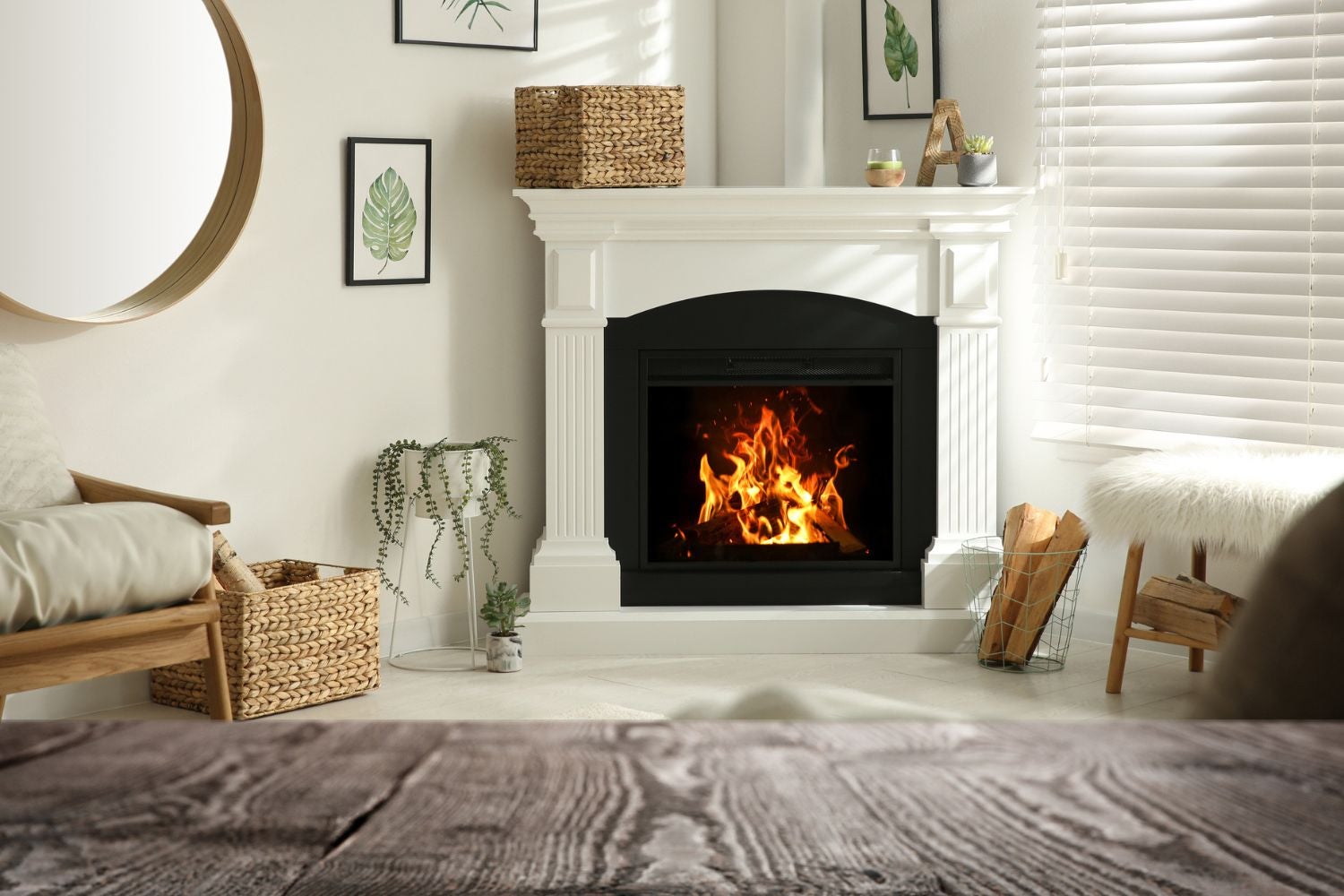
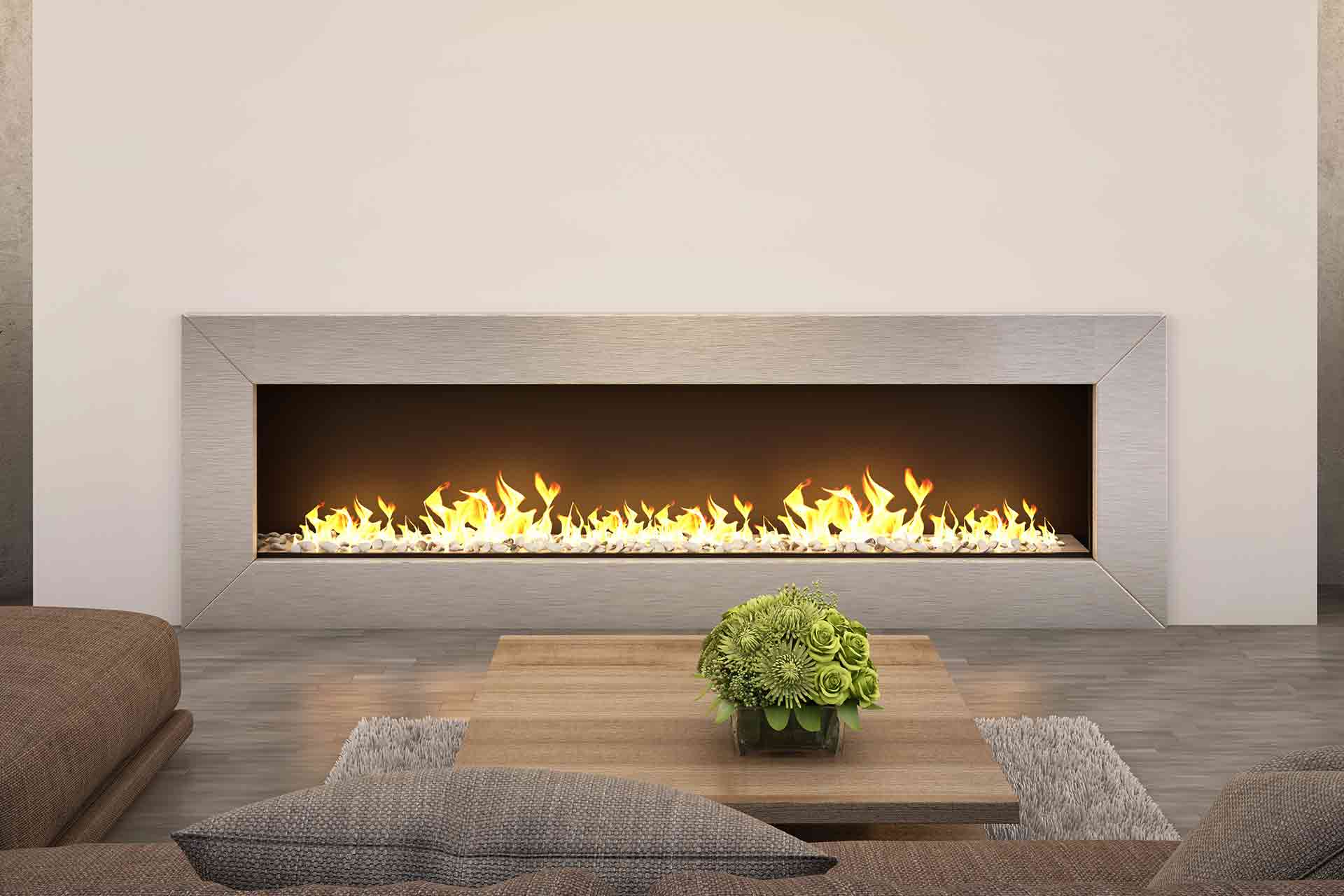
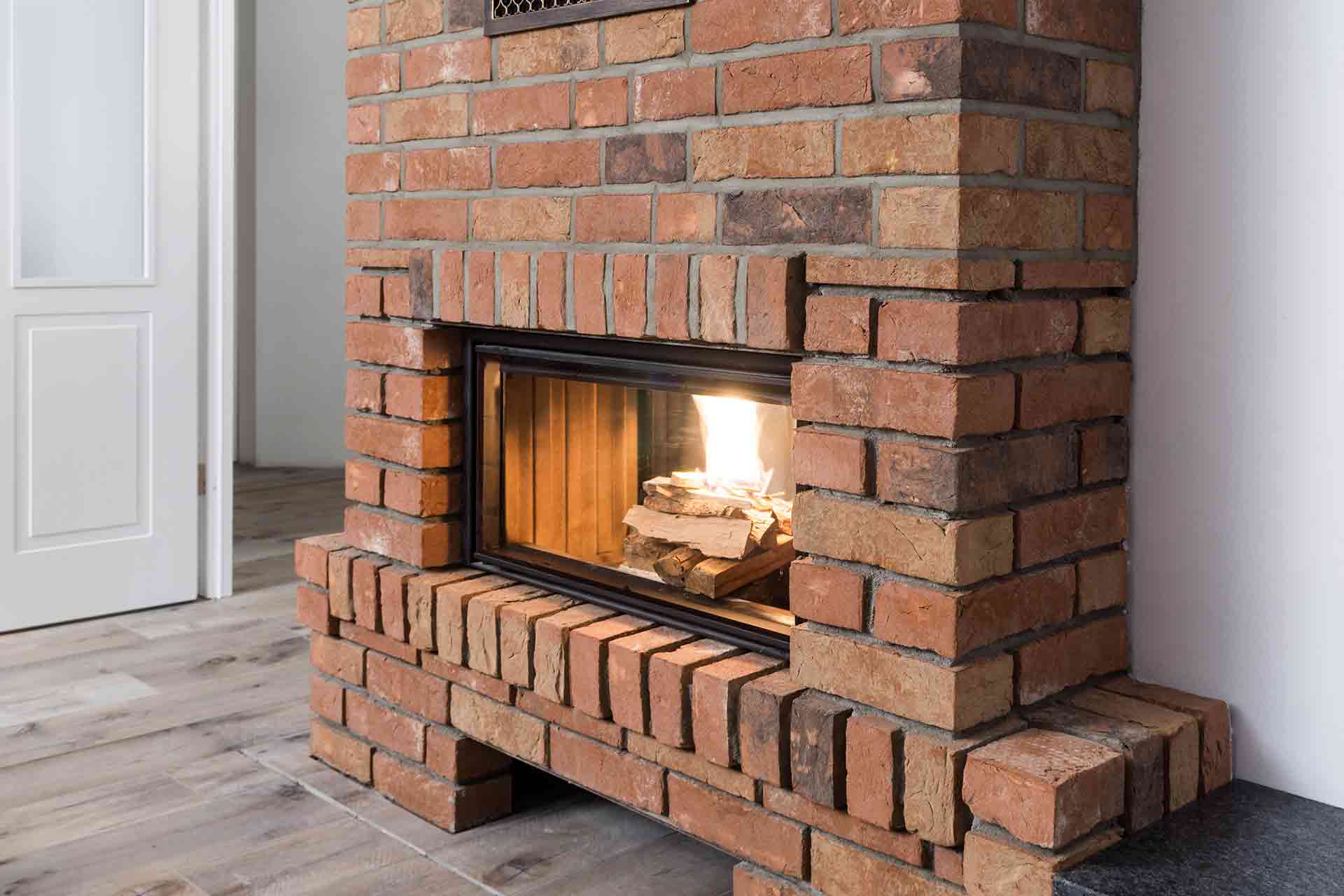

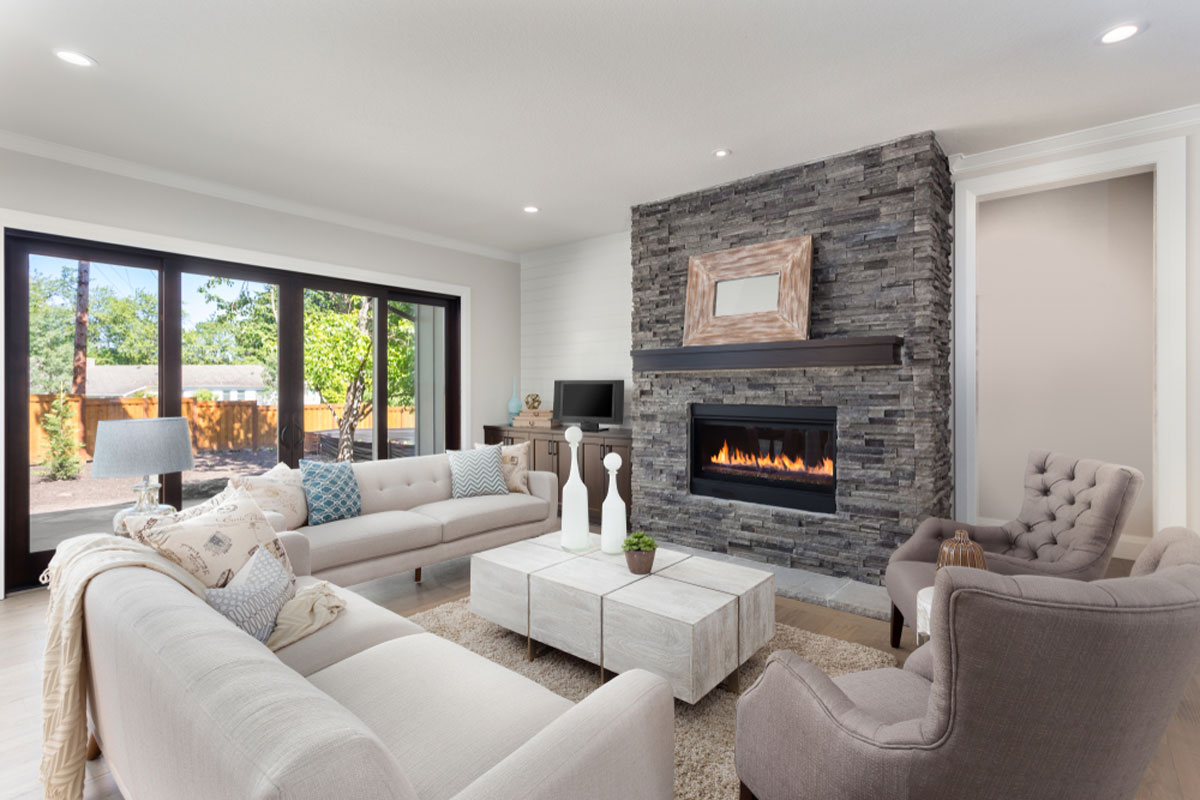
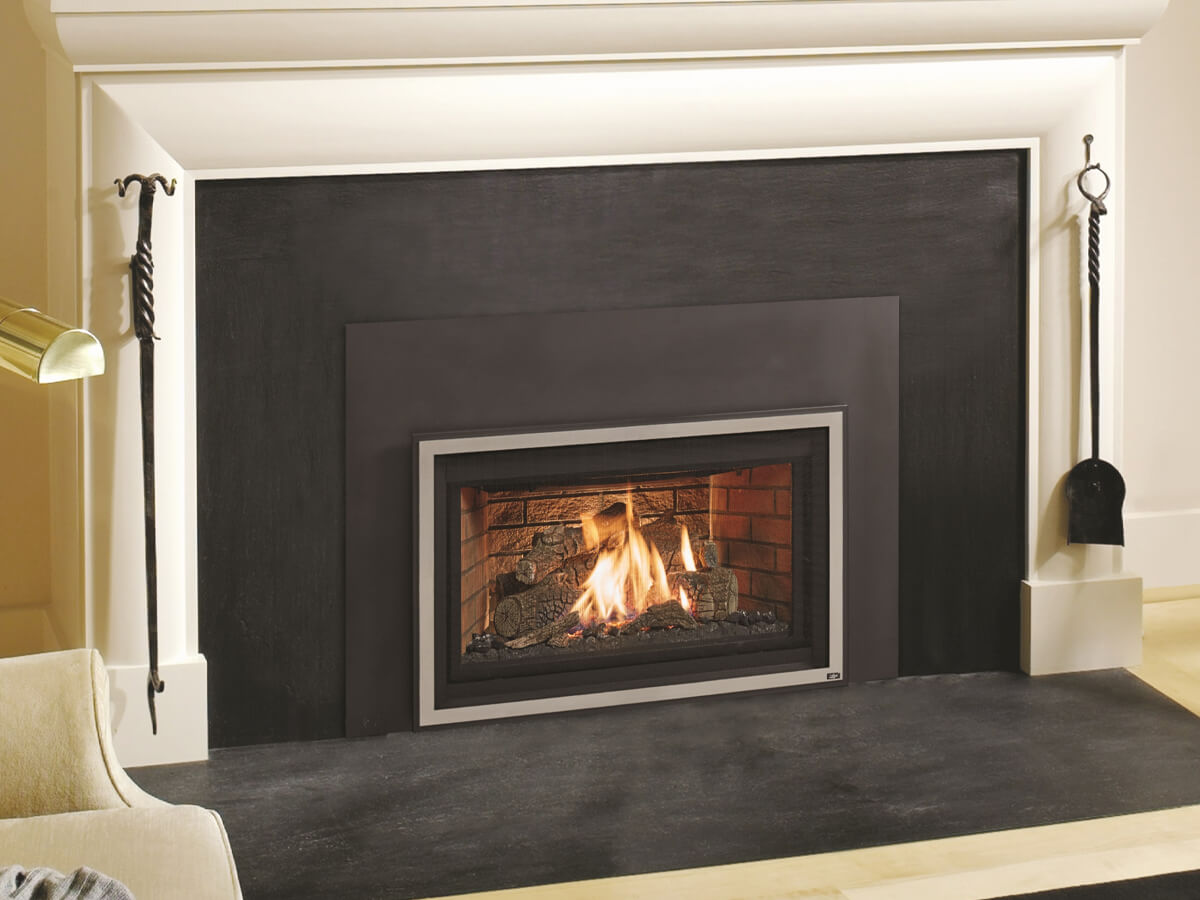
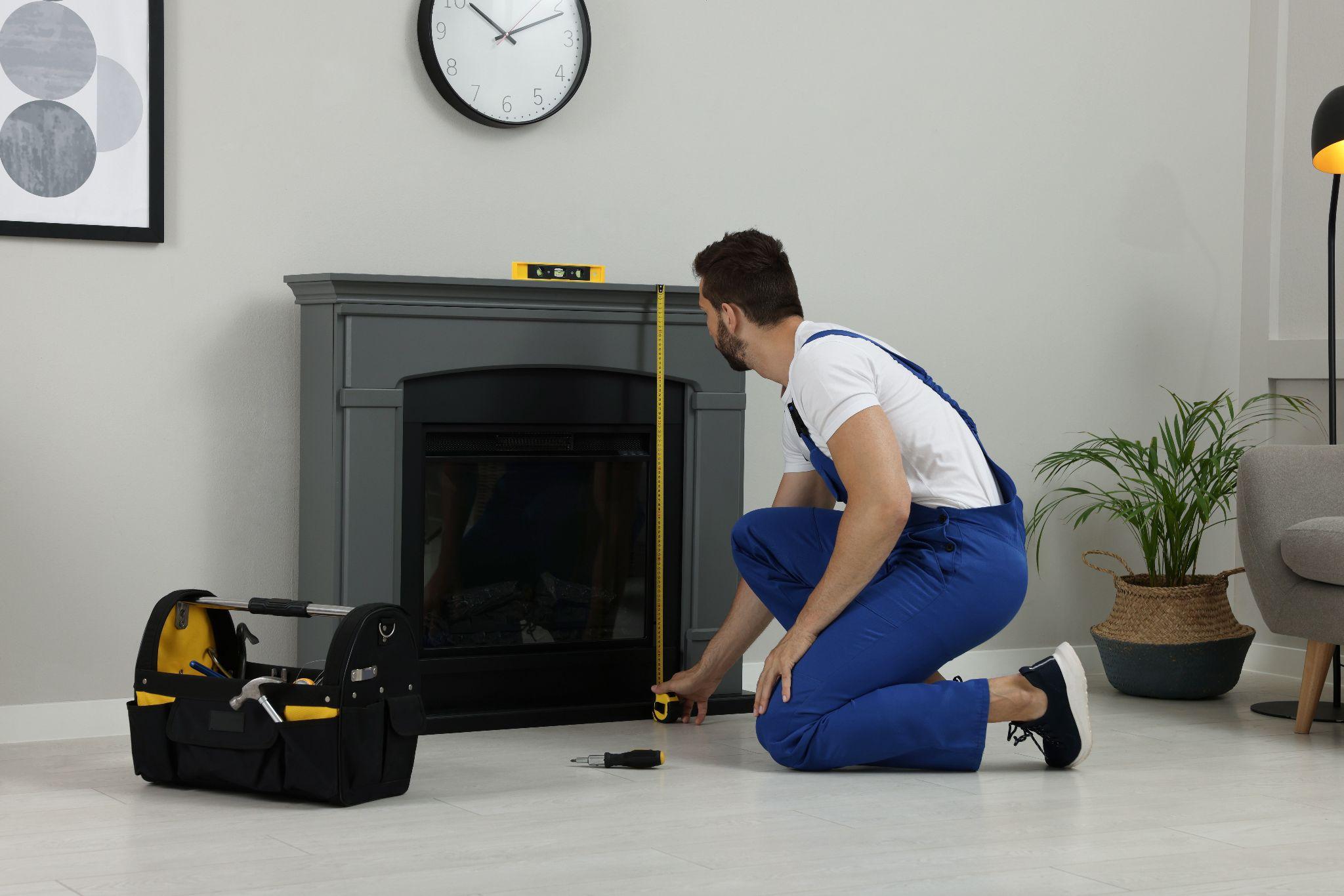
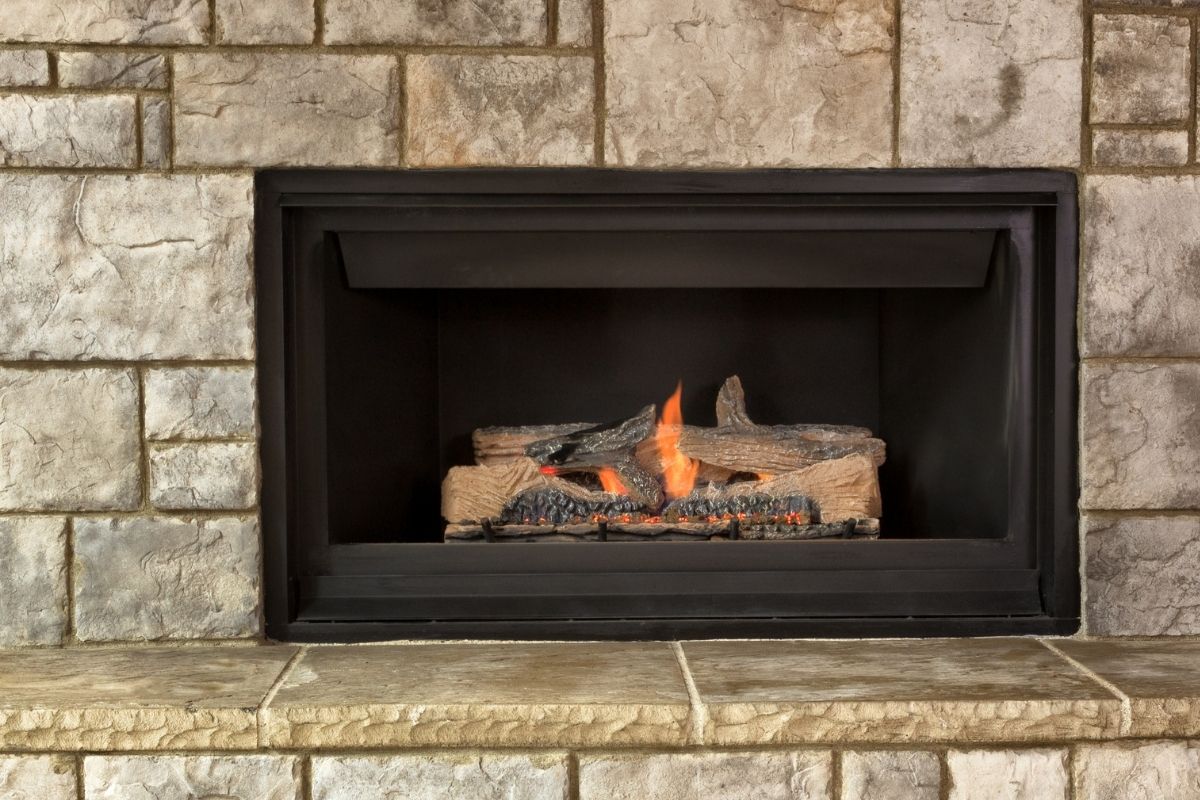
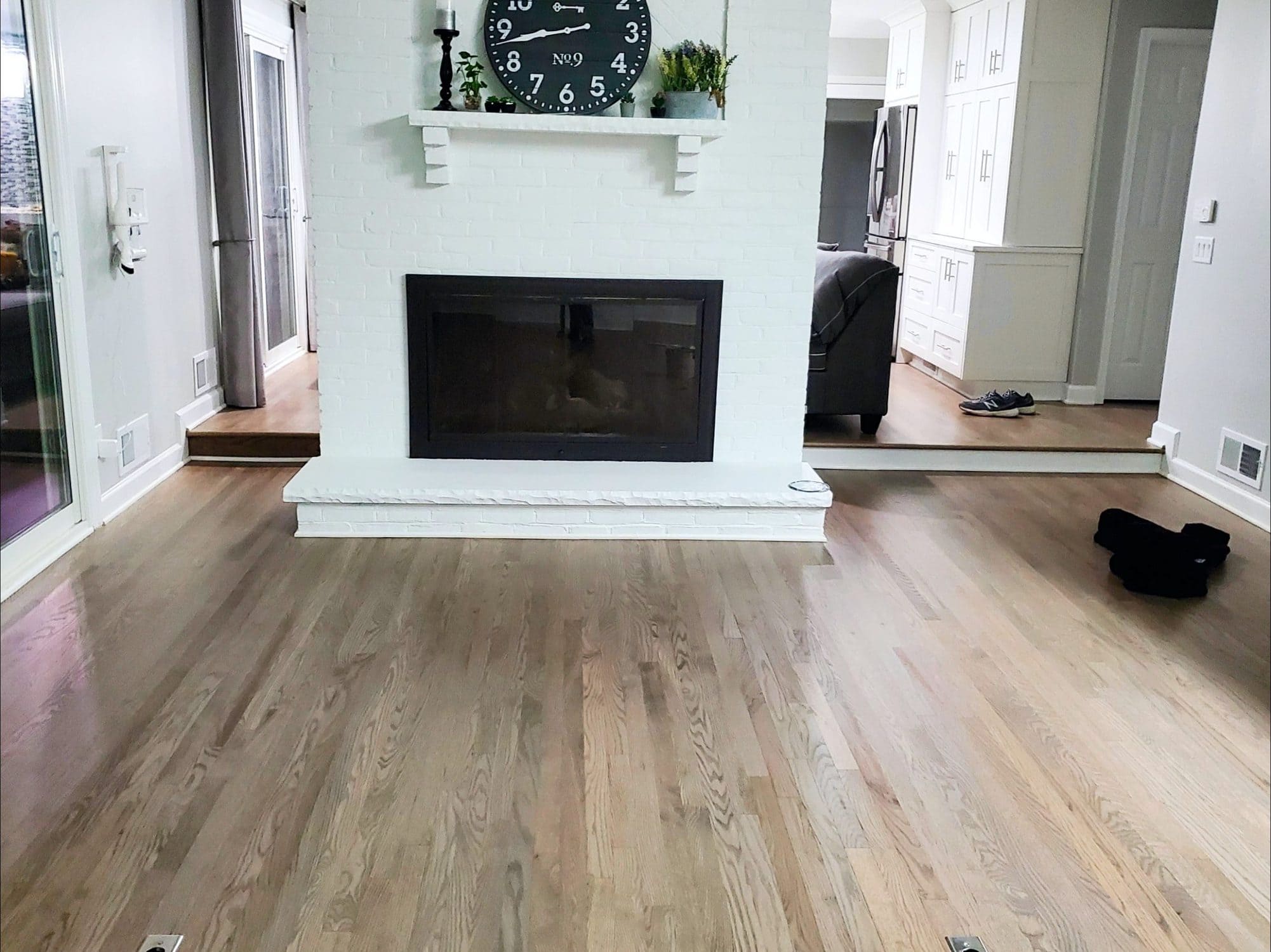
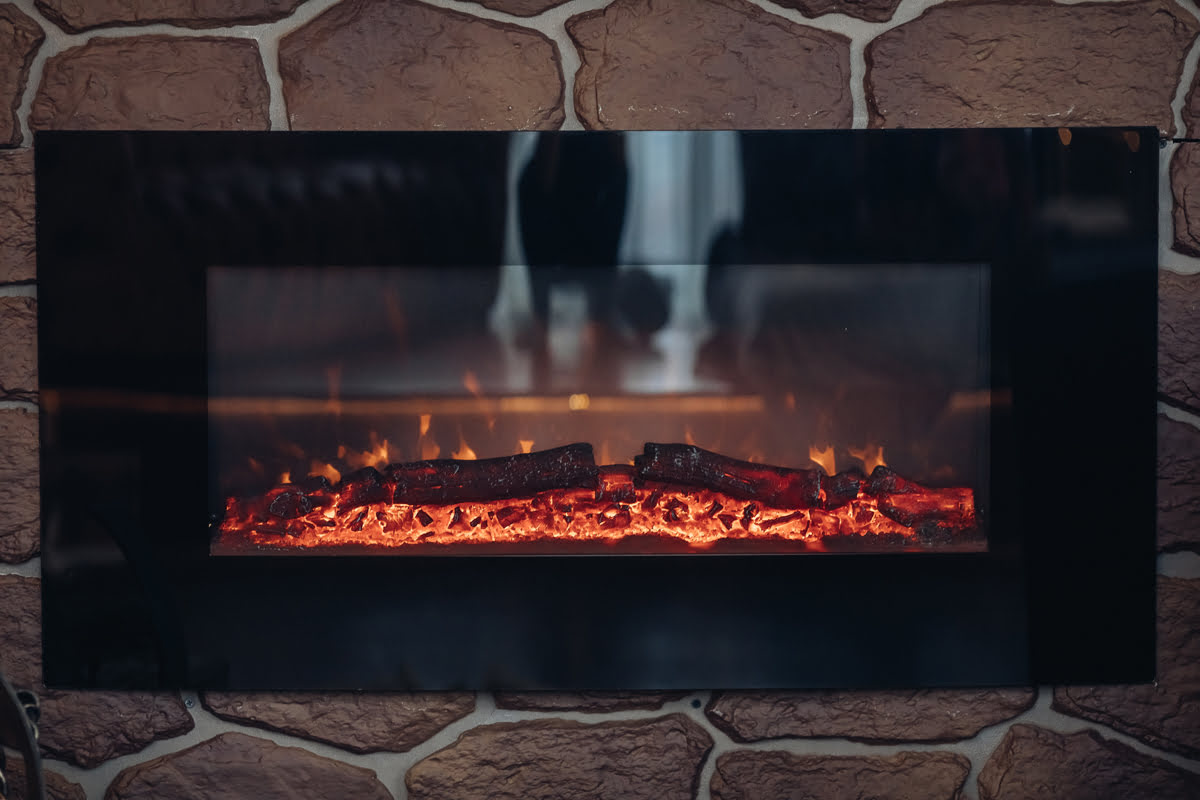
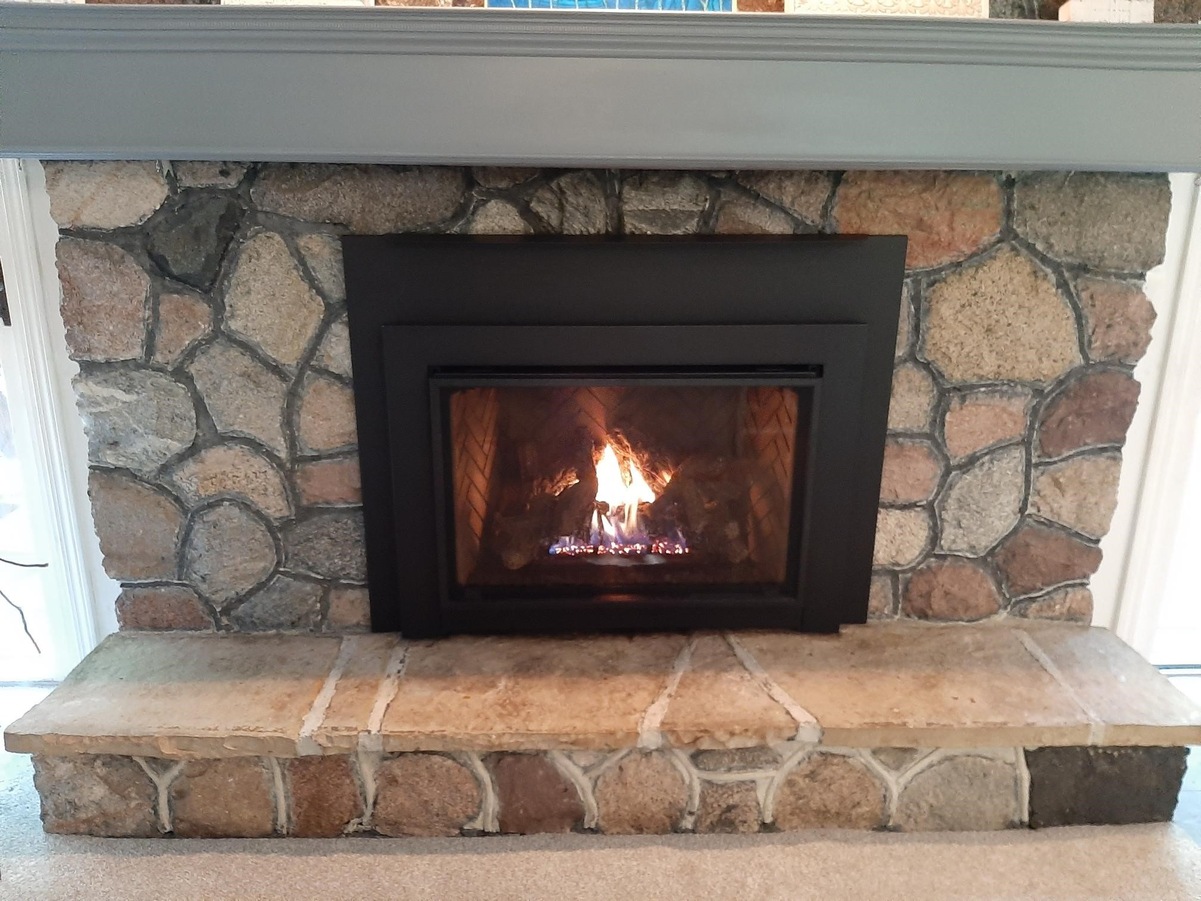
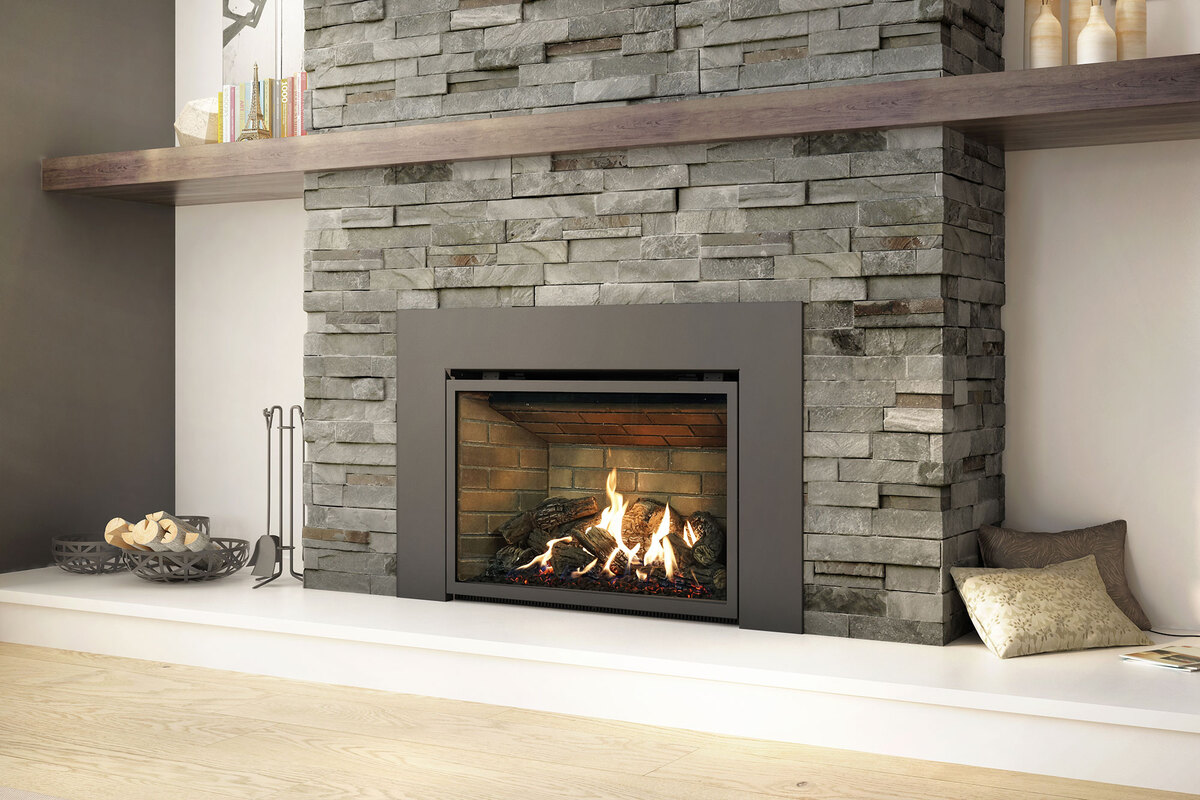
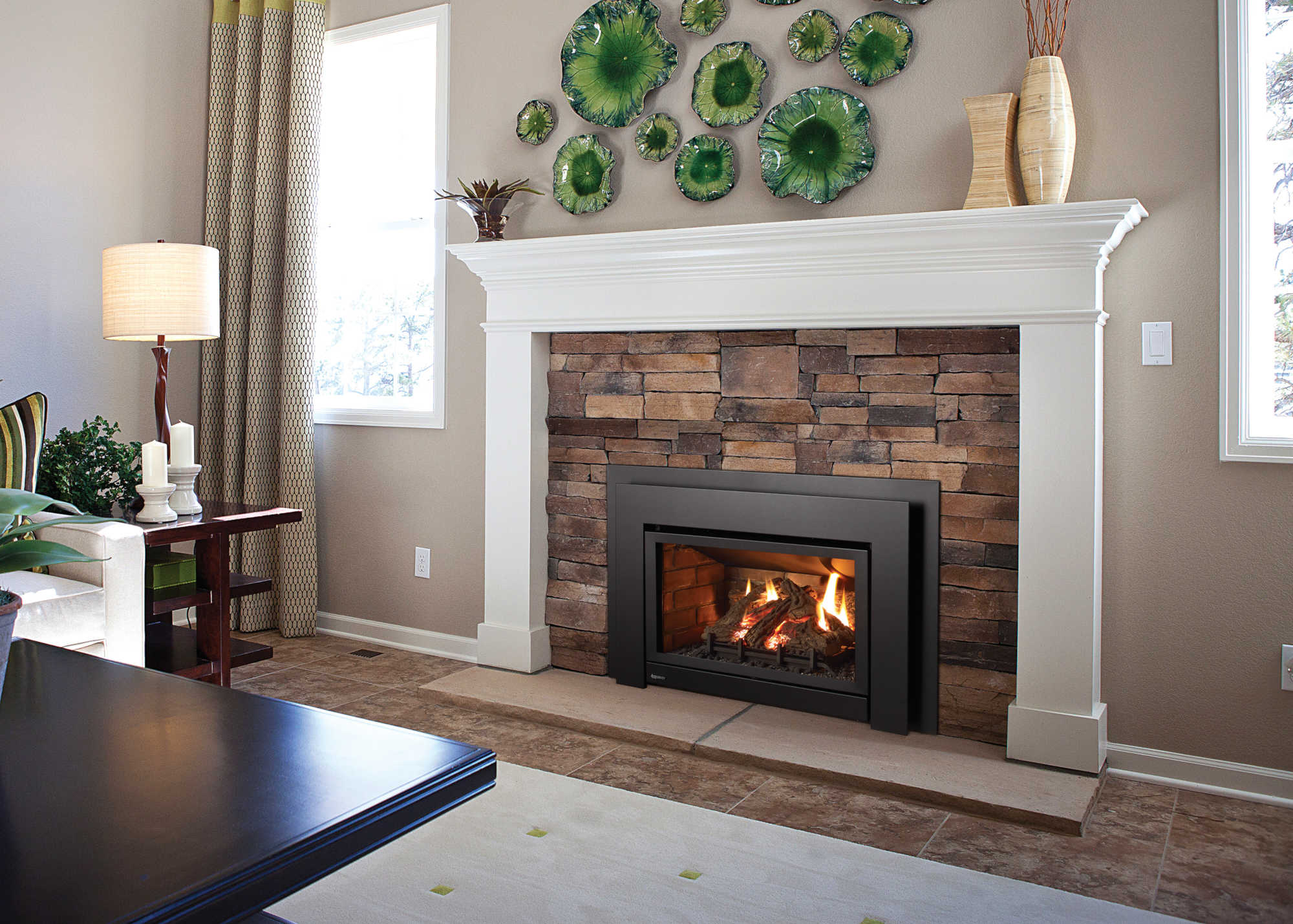

0 thoughts on “How Much Does A Fireplace Insert Cost”